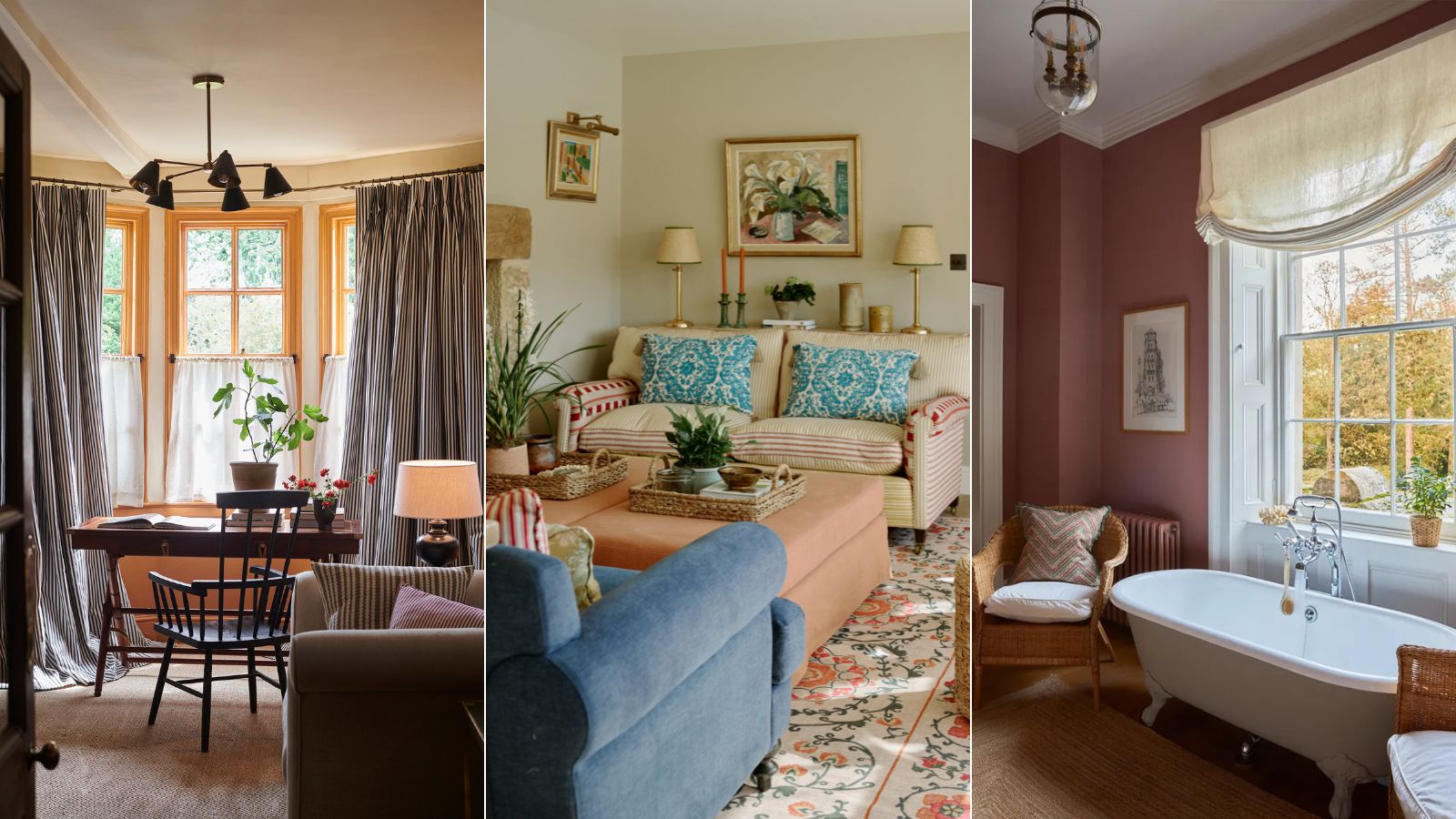
When fall comes around and the chill of winter approaches it’s important to have cozy, inviting spaces to hunker down in. While there are many quick updates you can do to make rooms feel instantly cozier, creating a truly warm and welcoming space that will endure across the years involves care and consideration on all aspects of interior design. Indeed, crafting a cozy, timeless space involves thoughtful decisions on everything from wall and floor treatments to furniture choices, layouts, window treatments, and accessories.
If you’re setting out on a decorating project and you're looking to capture that warm, lived-in look then you’re in the right place as we’ve gathered key tips from experienced interior designers on things to look out for which may make homes feel less cozy (not forgetting valuable advice on how you could be making a home look more cozy).
What makes interiors feel less cozy?
1. Minimalist or overly modern schemes
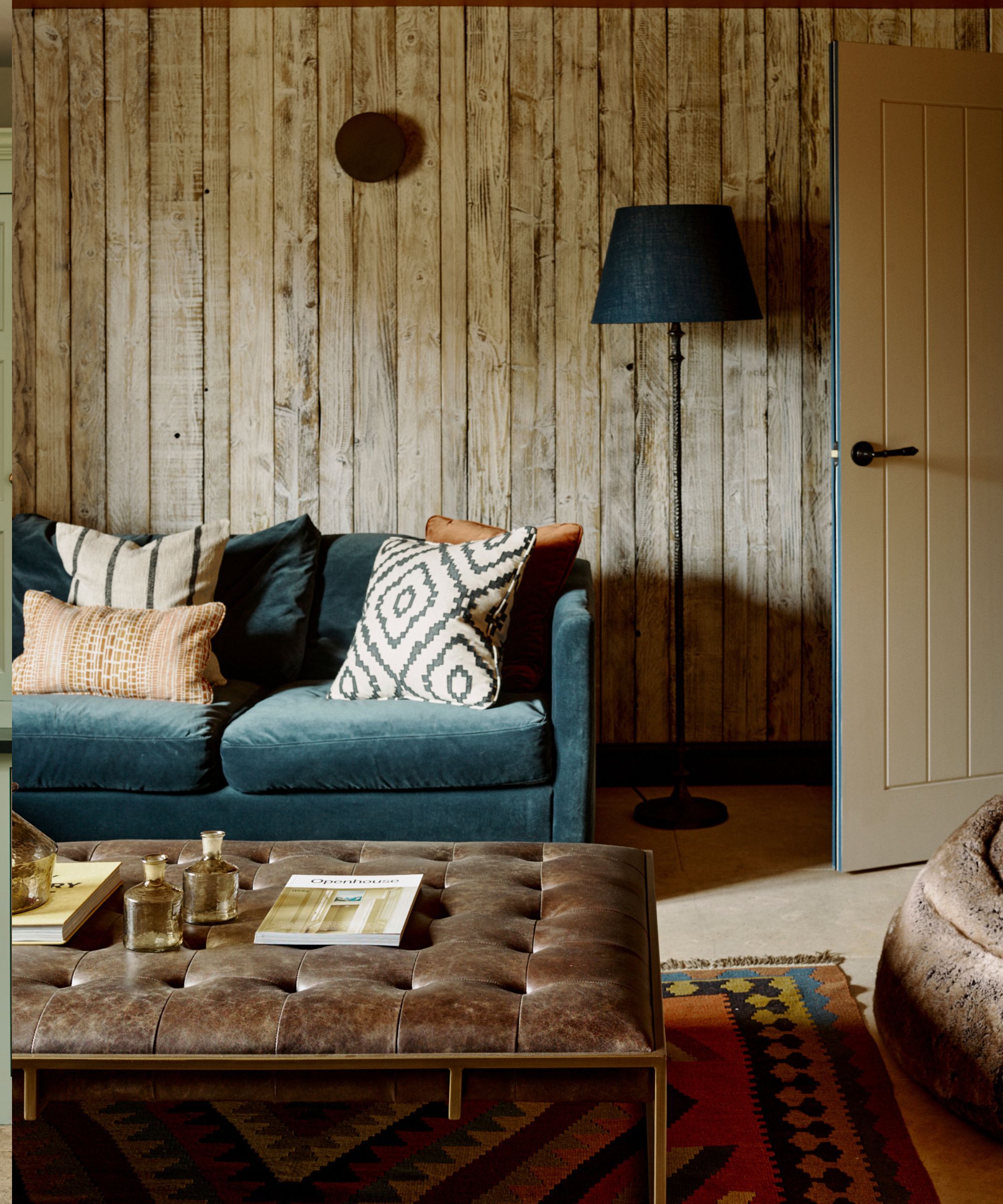
If you’re looking to create a cozy home with a warm welcome then it’s best to avoid minimalist schemes characterized by hard surfaces, modern materials and strong angles say the experts. While minimalist schemes can look fabulous in urban apartments, if it’s a cocooning sanctuary you’re after then it’s best to steer clear.
‘While a contemporary touch can be lovely, too much minimalism, sharp lines, or sleek finishes can make a home feel cold,’ explains the Cotswolds-based interior designer Lauren Gilberthorpe. Experienced in working with country and period properties, Lauren is a master at designing cozy rooms and advises that while minimalistic design can have its place, it isn’t always the best approach for a rural property. ‘Incorporating too many modern materials like glossy metals or polished glass can disrupt the home's connection to its rustic charm,’ adds Lauren Gilberthorpe Interiors.
Conversely, when decorating a rural home it’s important to embrace rustic textures and preserve original features. 'Covering up or altering the original elements of the building – like exposed beams, stonework, or uneven floors - can strip away the home’s character. Removing these features can leave the space feeling sterile and disconnected from its roots.'
'Embracing the original structure of the building is important. Highlighting the bones of the home, whether it’s celebrating charmingly uneven walls or stripped-back floorboards, adds character and history to the design. These imperfections tell a story, making the space feel lived-in and authentic.'
2. A lack of color and texture
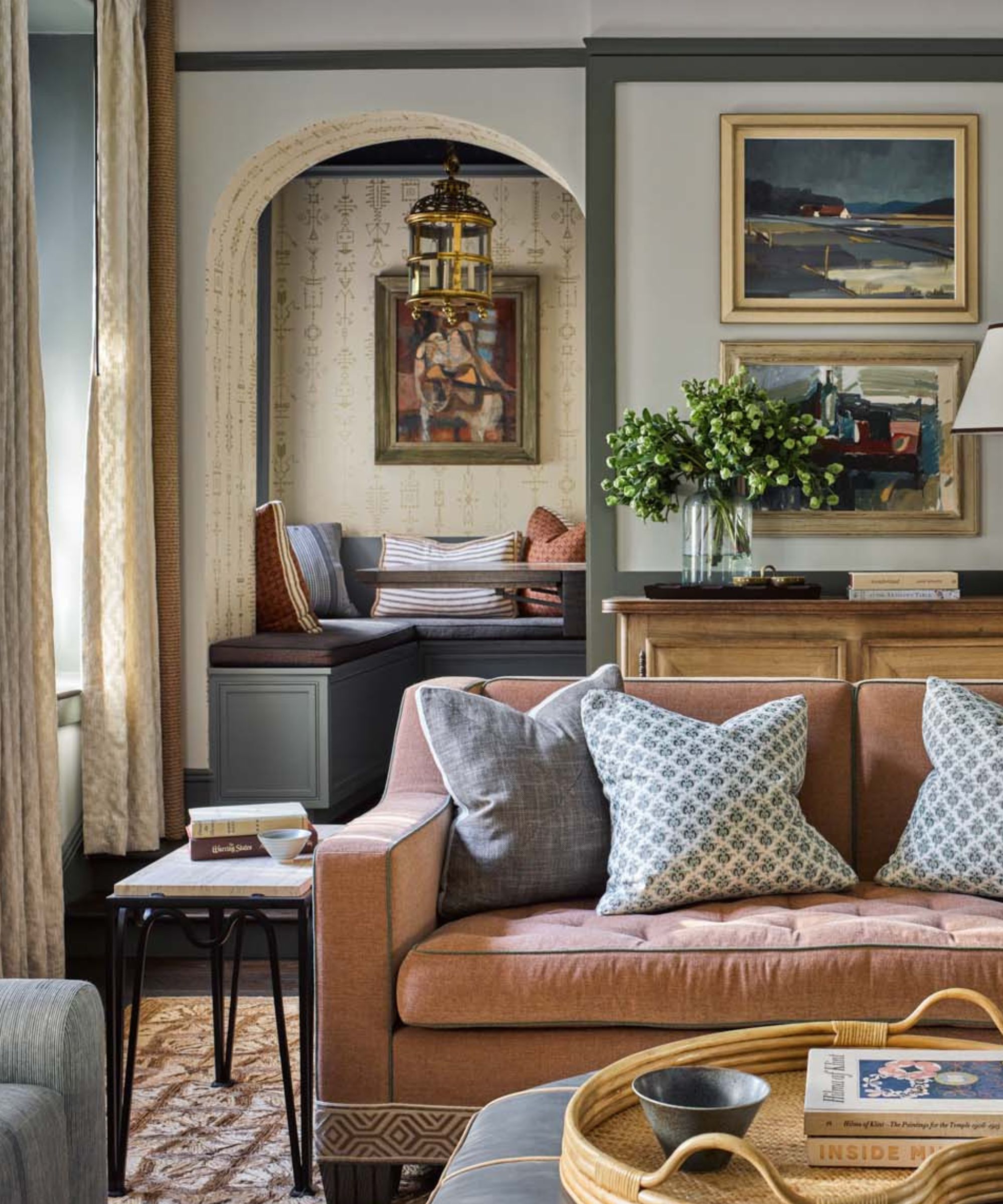
Rooms devoid of color and texture can easily feel unwelcoming. Indeed, color is one of the most important devices in an interior designer’s tool kit for making rooms feel instantly inviting.
‘For me, a lack of color and texture can make a home feel less cozy. White walls, bright lighting, and neutral, light linens - while beautiful in their own right - don’t truly evoke warmth,’ explains Louise Copeland, founder of L.B. Copeland Interior Design. ‘As we head into the darker months, I like incorporating rich cozy colors, varied textures, and layered materials to create a more inviting, comfortable space that feels perfect for winter.’
‘We made this West Village apartment feel cozy by adding a lot of soft textures (i.e. velvet wallpaper) and a palette of dark colors. While we embraced the darker hues, none of the colors are overly bright or saturated, so the space remains calming and never jarring.’
3. Insufficient lighting
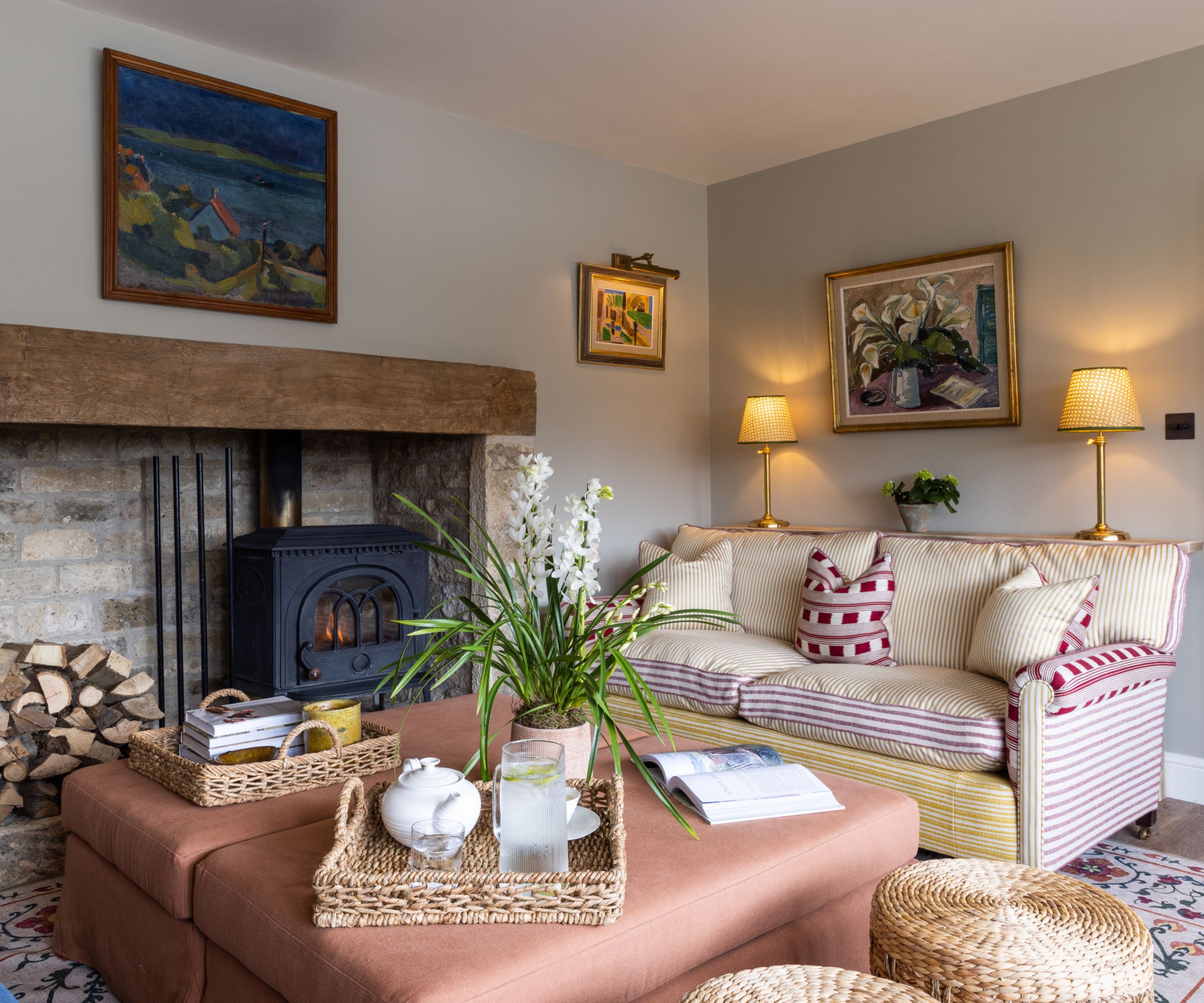
Cold, clinical lighting, or simply a lack of lighting, can drastically impact the ambiance of a room.
‘Bright, cold lighting can flatten a space and detract from the warm, inviting atmosphere that defines a cozy home,' explains Lauren Gilberthorpe. 'Instead, opt for soft, ambient lighting or use dimmable options to create a more comfortable environment.'
Many interior designers agree that a well-thought-out lighting scheme that combines task, accent and ambient lighting is essential for a cozy living room. In addition to this, be sure to choose the right type of bulbs which emit warm light says Gaia Guidi Filippi, founder of Gaia G Interiors. ‘There are so many things that can make a home feel cold, but lighting has to be one of the top culprits. Cold-temperature bulbs, which are really anything over 4000 kelvins, have no place in most homes. Layering lighting is important too and if a home lacks multiple types of lighting (overhead, lamps, task lights, art lights), it will inevitably feel uninviting.’
4. Having no window treatments
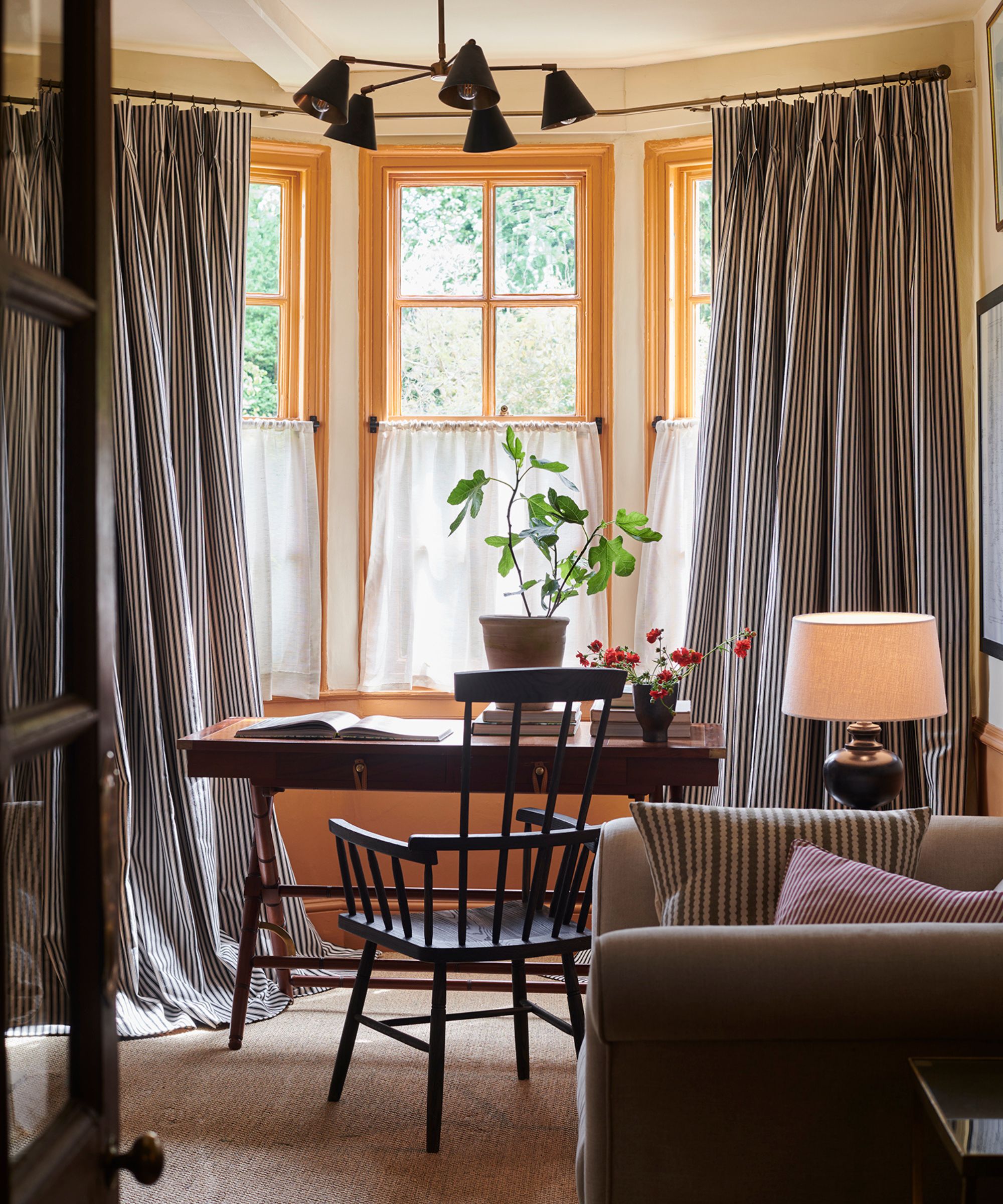
Window treatments can easily be overlooked when it comes to interior design, but they should always be factored in say interior designers. Not only will they help control privacy and light levels, they also bring a layer of heat and sound insulation.
‘With the exception of more modern homes and those where there is a spectacular view, walking into a house with bare windows always feels jarring to me,’ explains Gaia Guidi Filippi. ‘When there is no thought put into the varying of fabrics and textures in home furnishings, and there’s no rug on the floor, that home is going to feel like an icebox!’
For ultimate coziness you can’t go wrong with fabric curtains or Roman blinds, these can also add a welcome dose of pattern, too. ‘Curtains in natural materials, especially merino wool have a very homely, enveloping feel. Beautifully soft to the touch, it's a fabric that works incredibly hard to keep you cool in the summer and warm in the winter,’ explains Tori Murphy, designer and founder of the eponymous home brand. ‘There's something special about taking a moment for that punctuation mark in the day, drawing the curtains, shutting out the world and looking forward to a warm and comfortable evening ahead at home.’
5. Decorating with colors that are too cold
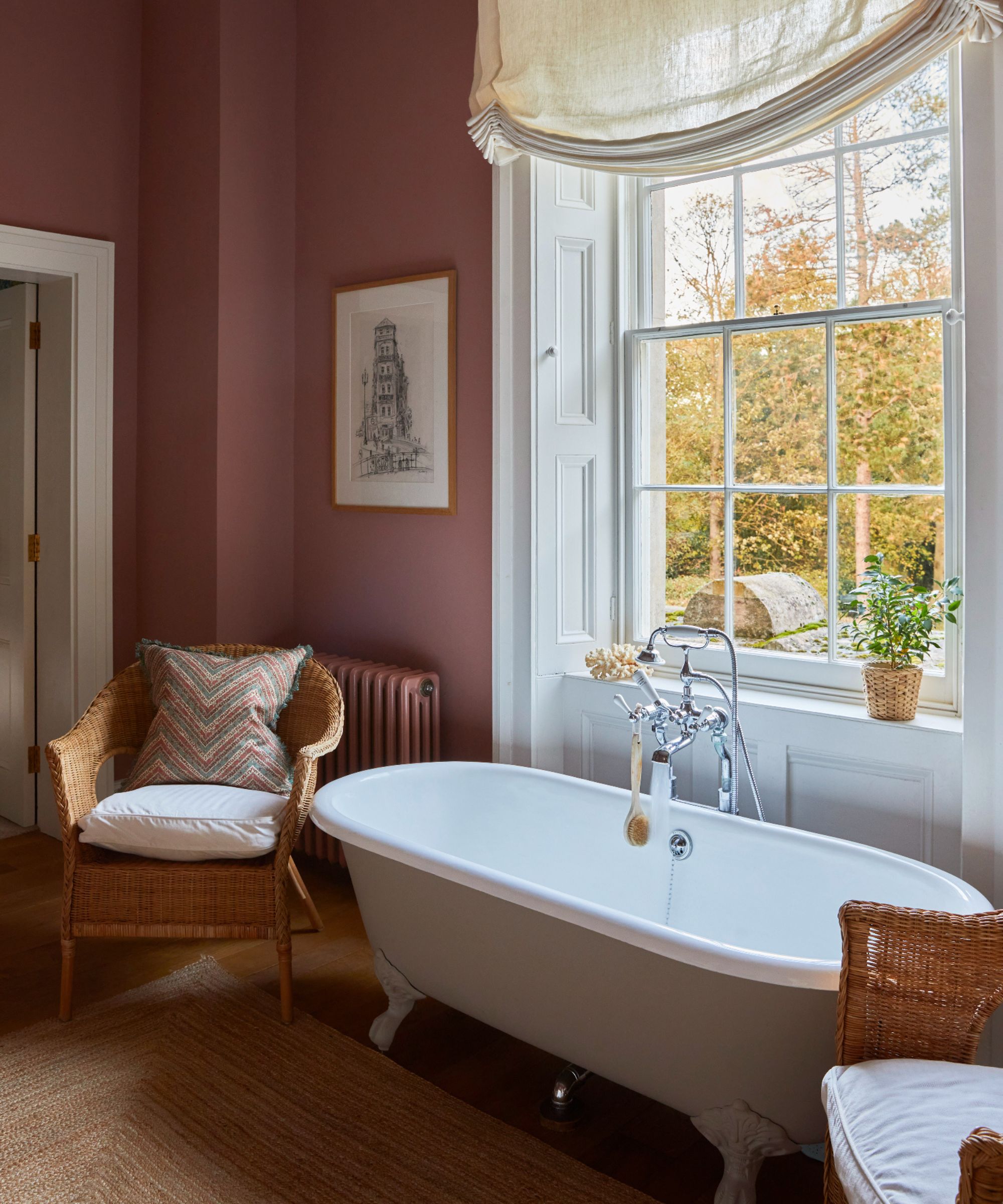
A common mistake when choosing paint colors, particularly when decorating with neutrals, is selecting shades that are too cool for the space. Taking into account the orientation of the room and the type of light it receives is key to decorating success. Generally speaking north facing rooms, basement rooms or those with little light benefit from paints with warm undertones in order to feel cozy – choose a cool-toned color for these spaces and they can easily feel stark.
'As the color that reflects the most light, whites and light grays can help north-facing rooms maximize the little sunlight they do get, helping brighten and the space. Opting for those that have a warmer undertone helps bring a sunlit warmth to the space too,’ says Marianne Shillingford, creative director at Dulux. ‘Summer Linen, Natural Hessian or Pressed Putty are all great options for this. South-facing rooms often have sunlight in spades, so can benefit from cooler tones that offer a little balance,’ adds Marianne Shillingford.
‘It’s also important to think about the function of a room when selecting colors. Bathrooms designed for relaxation can often benefit from warm color schemes which can provide a welcome antidote to the abundance of white sanitaryware.'
6. Choosing furniture too small for a room
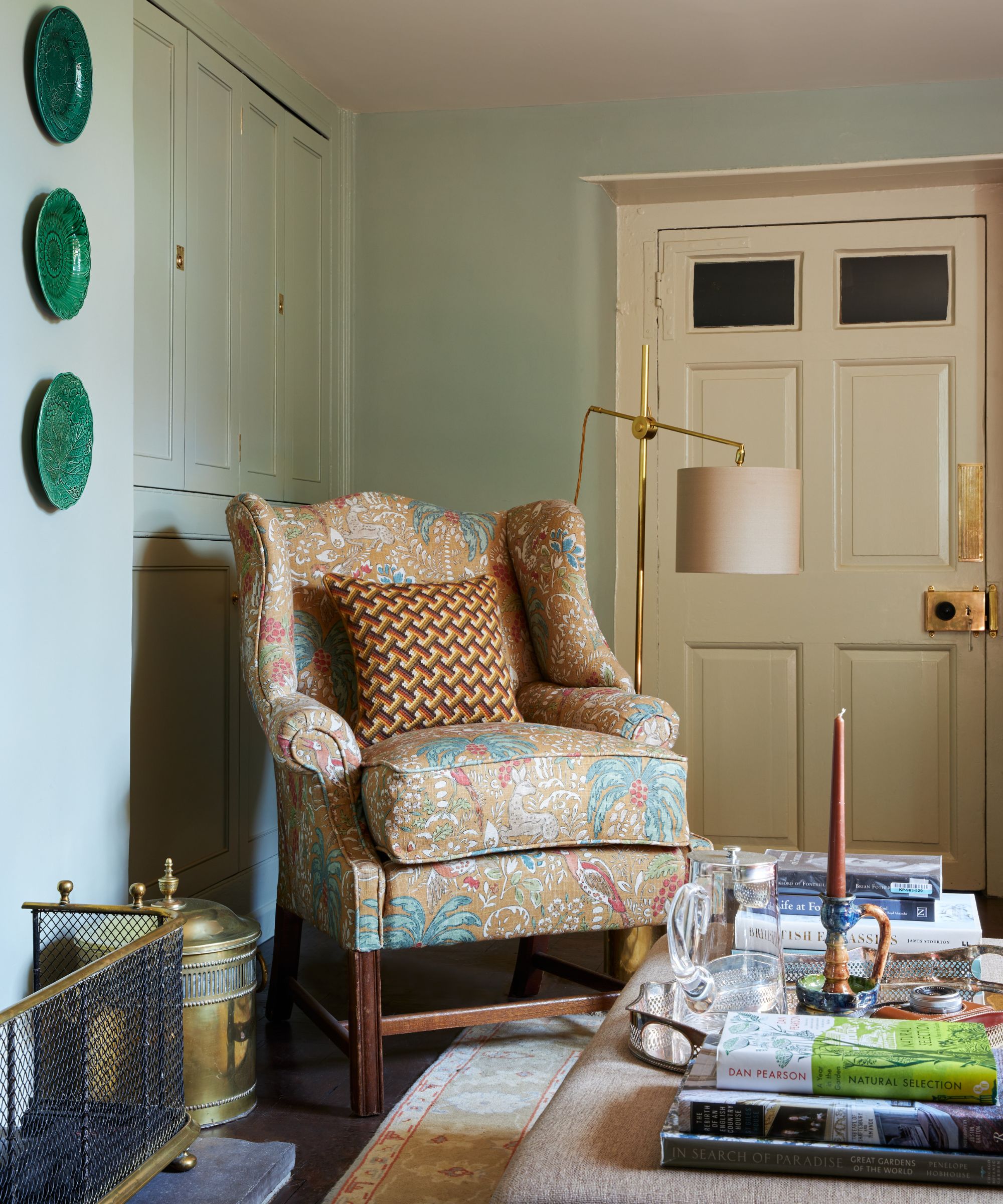
The size of your furniture can have a big impact on the overall experience and mood of a space. Be sure to choose furniture in proportion to the room you are decorating to avoid spaces feeling empty. When it comes to living rooms if you have a large room then don’t be afraid to choose seating that fills the space rather than several smaller pieces as this can result in the room feeling cluttered. Opting for large pieces displays a confidence and an intention when decorating and has more impact.
‘Undersizing your sectional can make your space feel smaller, out of proportion, and unwelcoming,’ explains Tracy Morris, founder of Tracy Morris Design. ‘Make sure your sectional fits in the room by having it fill one third of the room. You want to ensure that side tables and lamps fit next to the sectional with room to walk around. If the piece of furniture feels too small (or too big), it probably is.’
Portable lamps are perfect for creating instantly cozier rooms. You can dot them around to add warm pools of light to any room. They work especially well to cozy up a kitchen as you can position them on a countertop or an island.
These oversized knit throws are a Pottery Barn best seller, and right now they are on sale too. Throw them casually over a sofa or the end of a bed to instantly make a room feel cozier.
Throw pillows will add that all important texture that's been talked about many times in this piece. They are an easy way to get your living room and bedroom looking cozier for the winter months. The Joanna Gaines collection available at Wayfair is a steal to get her farmhouse look for a great price.
Ultimately, when it comes to decorating for coziness there are some key dos and don'ts that most interior designers follow. Perhaps the most important way to prevent your scheme from being cold and sterile is to always factor in plenty of light sources and texture to ensure a warm welcome, this is particularly relevant in living rooms and bedrooms designed for relaxation.
Color-wise there are no rules, but ensure you opt for a layered and balanced palette. Generally speaking, warmer cozy colors work well in rooms where you want a comforting and cocooning feel, but cool colors can be wonderfully serene and cozy when used in a balanced, layered way.







